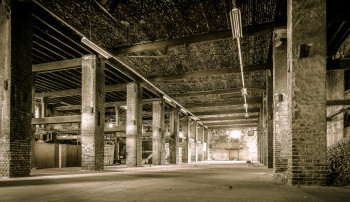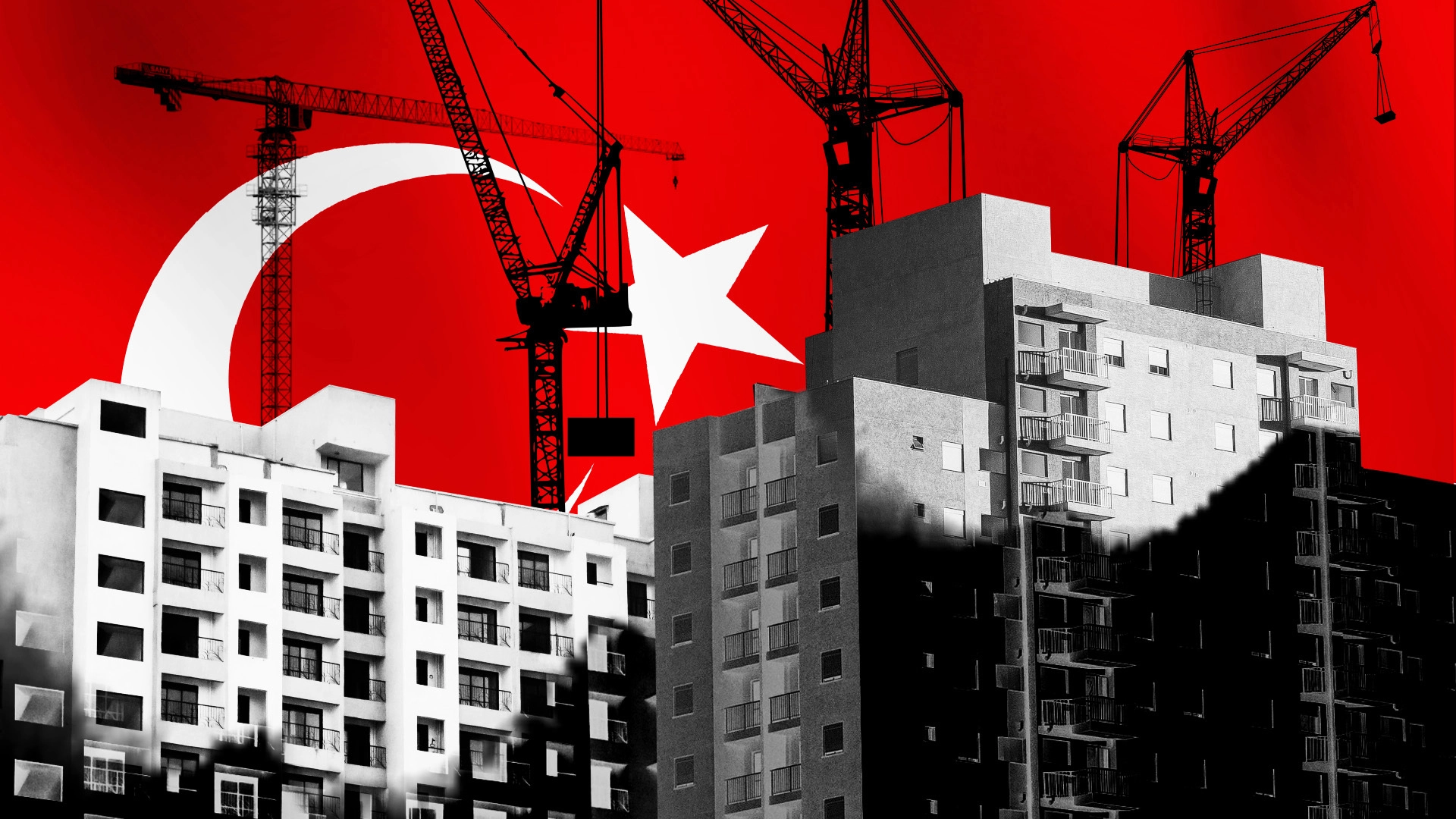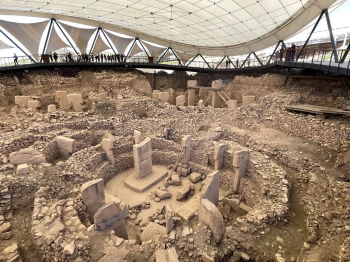What is causing the recent downturn in construction activities? Why are industry indicators slipping into negative territory after a period of growth? How will this impact economies, businesses, and everyday consumers? These questions are critical as global and local construction sectors face renewed challenges. In this article, we explore the factors behind this decline, its implications, and potential solutions.
The Recent Decline in Construction Activity
After a period of recovery, construction activities in many regions are once again declining. Economic instability, rising material costs, and labor shortages have contributed to this downturn. For example, in Turkey, recent data shows a contraction in construction sector performance, reversing previous gains.
This trend is not isolated. Countries like the UK and Germany have also reported slowdowns due to inflationary pressures and reduced investment. The ripple effects are felt across related industries, including real estate and manufacturing.

Key Factors Driving the Downturn
Rising Material Costs
The cost of raw materials such as steel, cement, and lumber has surged in recent years. Supply chain disruptions, geopolitical tensions, and increased demand have all played a role. For instance, the price of steel rose by over 30% in some markets, forcing contractors to delay or cancel projects.
Labor Shortages
A lack of skilled workers is another major challenge. Many countries face aging workforces in construction, with fewer young people entering the field. In the U.S., for example, the industry needs to attract nearly 2 million new workers by 2025 to meet demand.
Economic Uncertainty
Global economic instability, including inflation and interest rate hikes, has made financing construction projects more difficult. Banks and investors are becoming more cautious, leading to reduced funding for new developments.
Impact on Real Estate Markets
The slowdown in construction has direct consequences for real estate. Housing shortages are worsening in urban areas, driving up property prices and rents. In cities like Istanbul, the lack of new affordable housing has become a pressing social issue.
Commercial real estate is also affected. Office and retail space developments are being put on hold, impacting businesses that rely on new infrastructure.
Government Policies and Their Role
Governments worldwide are implementing measures to counteract the decline. Some are offering subsidies for construction materials, while others are investing in vocational training to address labor shortages. In Turkey, recent policy changes aim to streamline permitting processes to encourage new projects.
However, critics argue that more comprehensive reforms are needed to stabilize the sector long-term.
Future Outlook and Potential Solutions
Despite current challenges, there are opportunities for recovery. Technological advancements, such as modular construction and 3D printing, could reduce costs and speed up project timelines. Additionally, green building initiatives are gaining traction, attracting environmentally conscious investors.
Collaboration between governments, businesses, and educational institutions will be key to addressing labor shortages and fostering innovation.






